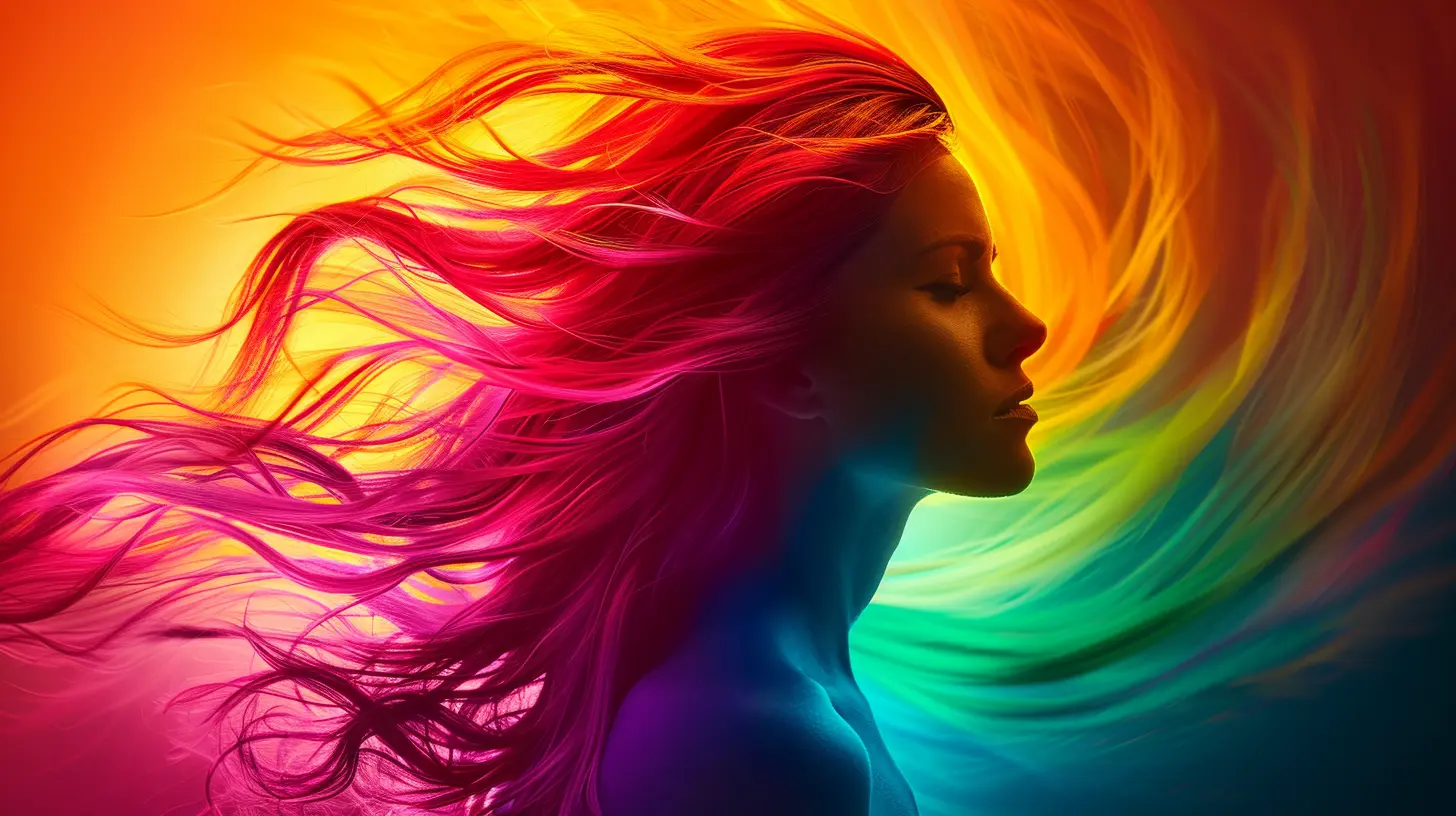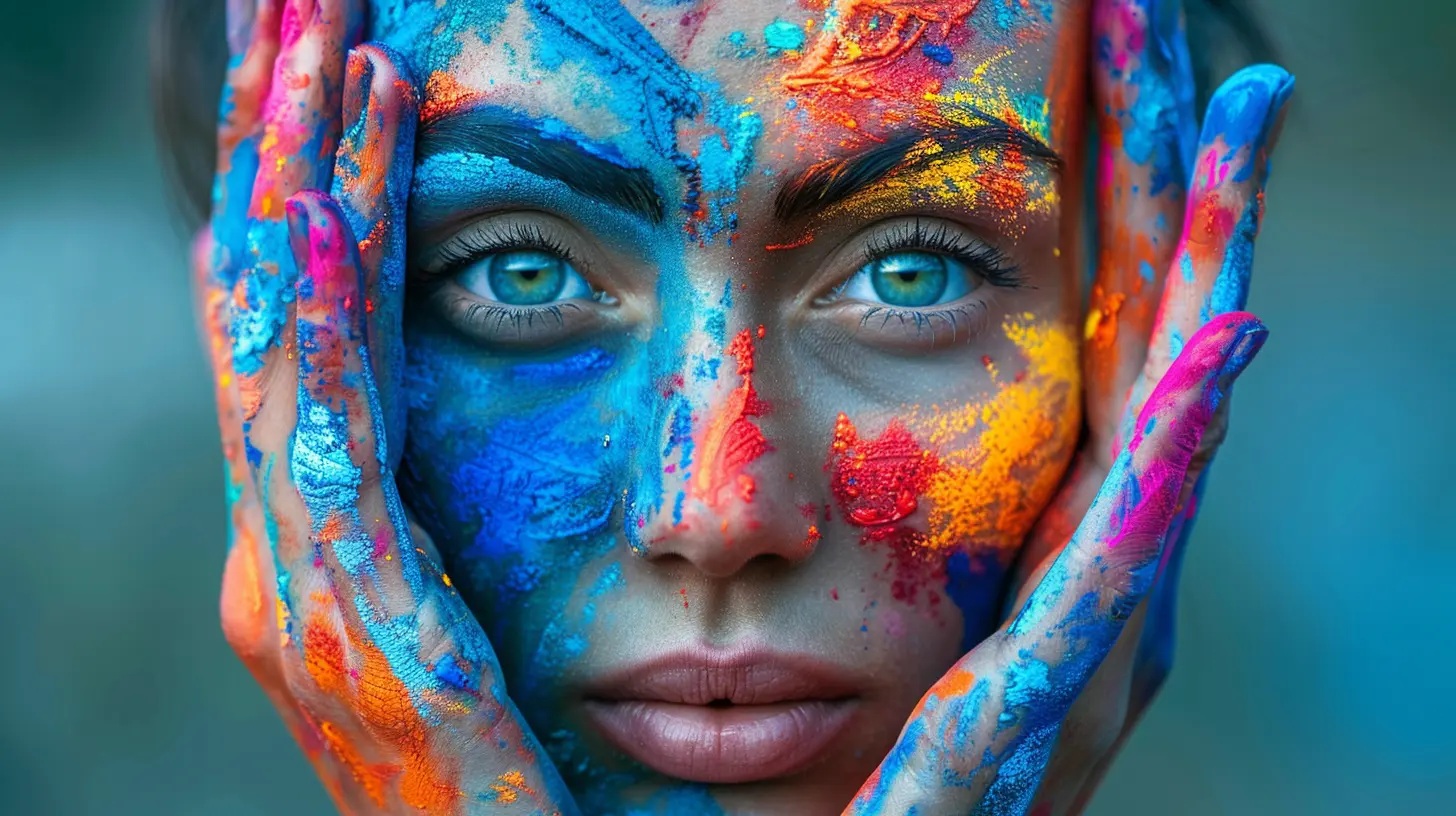The Psychology of Color: How It Affects Mood and Behavior
21 November 2025
Color is everywhere. It shapes our emotions, influences our decisions, and even impacts our daily lives in ways we might not realize. Ever wonder why fast-food chains often use red and yellow in their logos? Or why hospitals and spas are filled with cool blues and greens? The answer lies in the fascinating world of color psychology.
In this article, we'll take a deep dive into how different colors affect our mood and behavior—and how you can use this knowledge to your advantage in life, business, and personal spaces. 
What Is Color Psychology?
Color psychology is the study of how colors influence our emotions, thoughts, and actions. While some of this is rooted in biology, a lot of it also comes from cultural associations and personal experiences.For example, in Western cultures, white is often linked to purity and weddings, while in some Eastern cultures, it’s associated with mourning. Our reactions to colors aren’t just about personal preference; they’re deeply ingrained in our minds.
But let’s get to the fun part—how different colors actually affect us! 
How Different Colors Affect Mood and Behavior
1. Red: Passion, Energy, and Urgency
Red is one of the most stimulating colors. It grabs attention, increases heart rate, and even makes us feel hungrier (which is why fast food brands love it). It’s associated with passion and excitement but can also signal danger or aggression.How to Use It:
- Want to boost sales? Use red in marketing materials.
- Need an energy boost? Red in workout gear or gym decor can be motivating.
- Trying to set a romantic mood? A touch of red in clothing or decor does the trick.
2. Blue: Calm, Trust, and Productivity
Blue is known for its soothing effect. It’s linked to trust, reliability, and peace—think of the ocean or a clear sky. Studies show blue can even lower blood pressure and reduce stress.How to Use It:
- In offices, blue enhances focus and productivity.
- In branding, it conveys trust (which is why banks and tech companies use it).
- In bedrooms, soft blues create a peaceful atmosphere for better sleep.
3. Yellow: Happiness, Optimism, and Attention
Yellow is bright, cheerful, and energizing. It’s often linked to sunshine and positivity but can become overwhelming in large amounts. Some studies suggest that babies cry more in yellow rooms!How to Use It:
- In marketing, yellow grabs attention (think warning signs and sale tags).
- In homes, soft yellows foster warmth and happiness.
- In small doses, it can enhance creativity and positivity.
4. Green: Balance, Growth, and Relaxation
Green is the color of nature, making it naturally soothing. It represents growth, balance, and renewal, which is why it’s often used in health and wellness spaces.How to Use It:
- Plants and greenery in offices help reduce stress.
- Green in branding gives a sense of sustainability and eco-friendliness.
- In bedrooms, soft greens promote relaxation and restfulness.
5. Orange: Excitement, Warmth, and Enthusiasm
Orange is a blend of red’s energy and yellow’s cheerfulness. It’s a color that encourages friendliness and enthusiasm, making it great for social settings.How to Use It:
- In marketing, orange creates a sense of fun and excitement.
- In fitness centers, it boosts energy and motivation.
- In home decor, softer shades can add warmth without overwhelming.
6. Purple: Creativity, Luxury, and Spirituality
Purple has long been associated with royalty and wealth. But it’s also linked to creativity and deep thinking—many creative individuals are drawn to this color.How to Use It:
- In marketing, purple conveys luxury or uniqueness.
- In meditation spaces, it enhances introspection and calmness.
- In creative workspaces, purple can inspire imagination and fresh ideas.
7. Black: Power, Sophistication, and Mystery
Black is bold, classic, and timeless. It exudes authority, sophistication, and sometimes even mystery. But too much black can feel heavy or intimidating.How to Use It:
- In branding, black adds luxury and elegance (think Chanel or Nike).
- In home decor, it can create dramatic contrast.
- In fashion, black is slimming, versatile, and effortlessly stylish.
8. White: Simplicity, Purity, and Cleanliness
White represents cleanliness, innocence, and simplicity. It’s widely used in medical settings and minimalist designs for its fresh and tidy appearance.How to Use It:
- In homes, white makes spaces feel open and airy.
- In branding, it creates a clean, modern look.
- In fashion, white conveys freshness and elegance.
9. Pink: Love, Compassion, and Playfulness
Pink is often associated with love, kindness, and femininity. It also has a calming effect—some studies suggest that exposure to pink can reduce aggression.How to Use It:
- In branding, pink creates a sense of fun and approachability.
- In home decor, soft pinks add warmth and comfort.
- In marketing, pink works well for products targeting emotions and relationships. 
Using Color Psychology in Everyday Life
Now that you know how colors affect mood and behavior, how can you use this knowledge in your own life? Here are a few practical tips:1. In Your Home
- Use calming blues and greens in bedrooms for better sleep.- Add pops of yellow to kitchens or living rooms for a cheerful feel.
- Use warm tones in dining spaces to encourage conversation and appetite.
2. In Your Wardrobe
- Wear red when you want to feel confident or make an impression.- Use blue or black for professional, trustworthy vibes.
- Opt for purple or green when you want to spark creativity.
3. In Your Business or Branding
- Choose colors that align with your brand’s message (e.g., blue for trust, orange for energy).- Use contrast to emphasize important information (like red for urgent discounts).
- Create a mood around your brand with intentional color choices.

Final Thoughts
Color is more powerful than we often realize. It can boost our mood, influence our decisions, and even impact our health. Whether you're redecorating your home, choosing an outfit, or designing a brand, understanding the psychology of color can help you make intentional choices that enhance your life.So, next time you pick a color—whether it’s for your walls, clothes, or business—think about how it makes you feel. Because color isn’t just about aesthetics; it’s about emotion, energy, and impact.
Go ahead—add some color to your world!
all images in this post were generated using AI tools
Category:
Psychological ResearchAuthor:

Alexandra Butler

